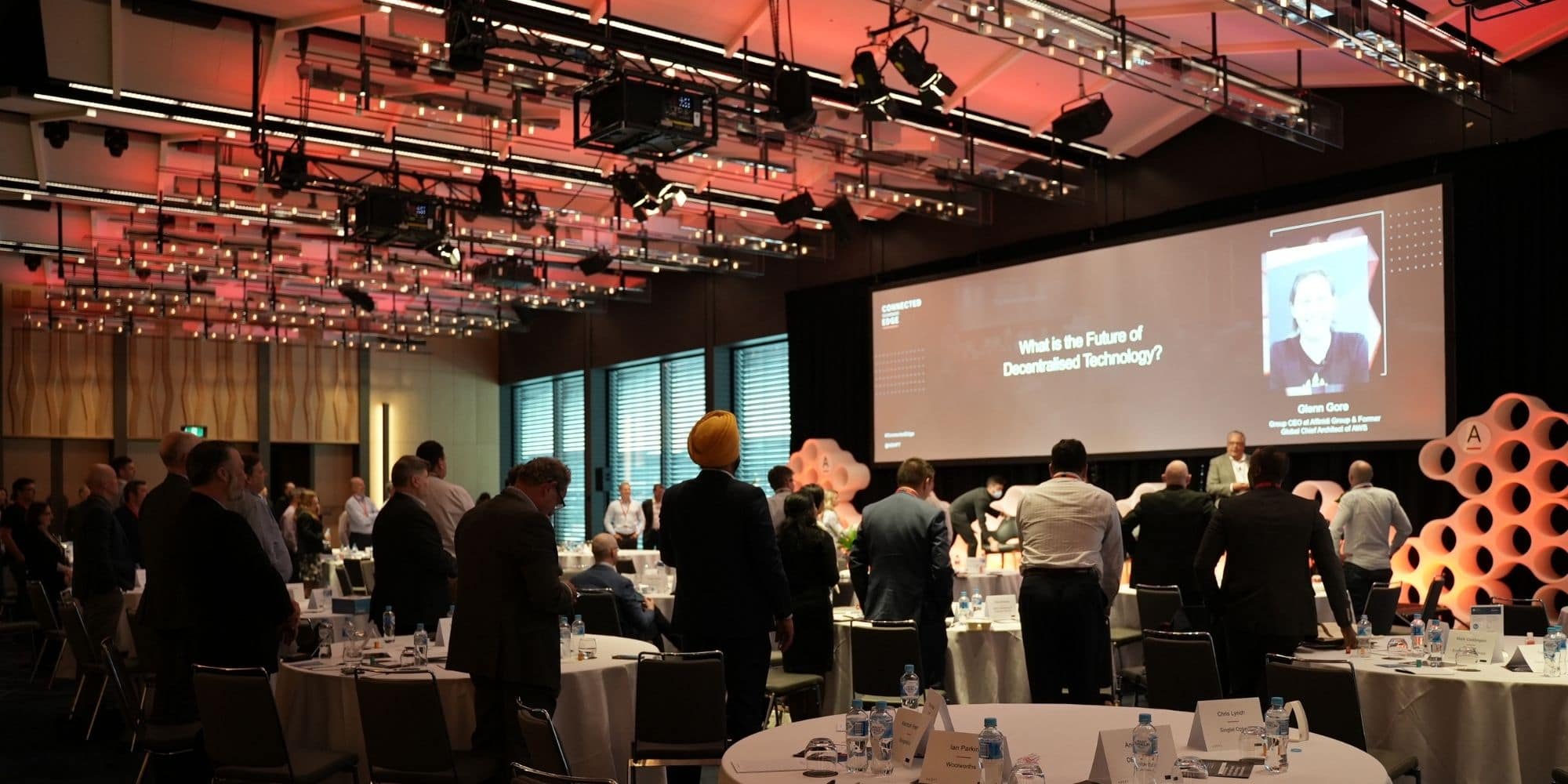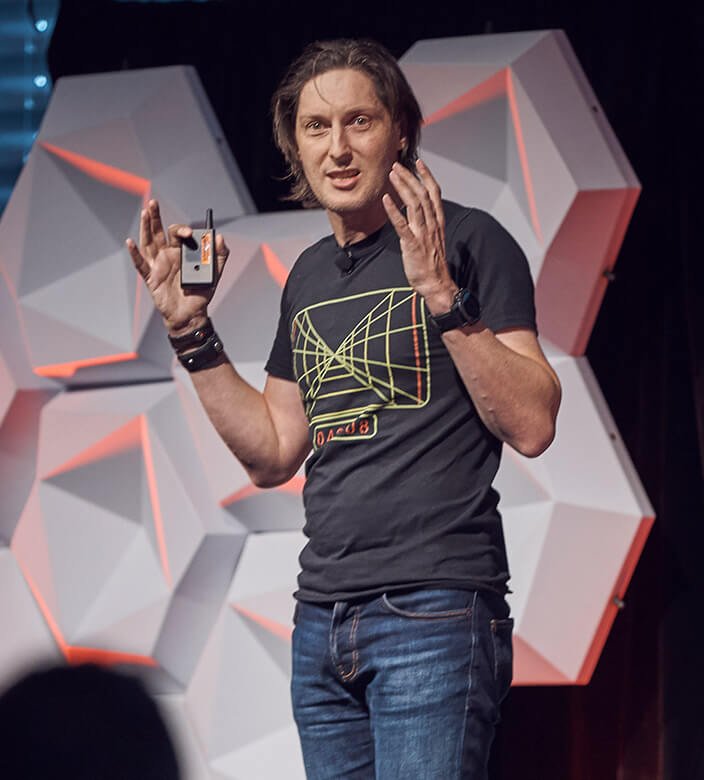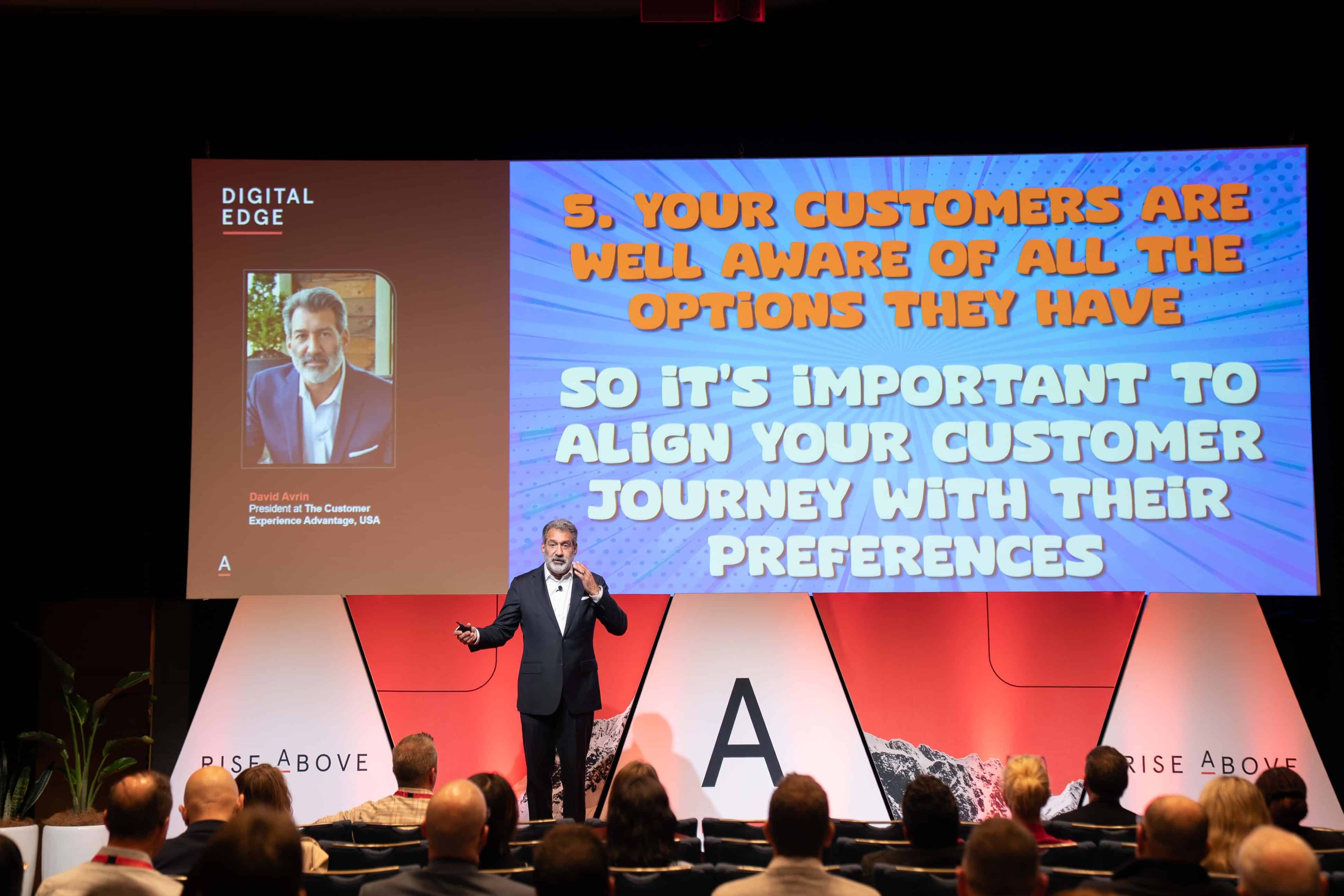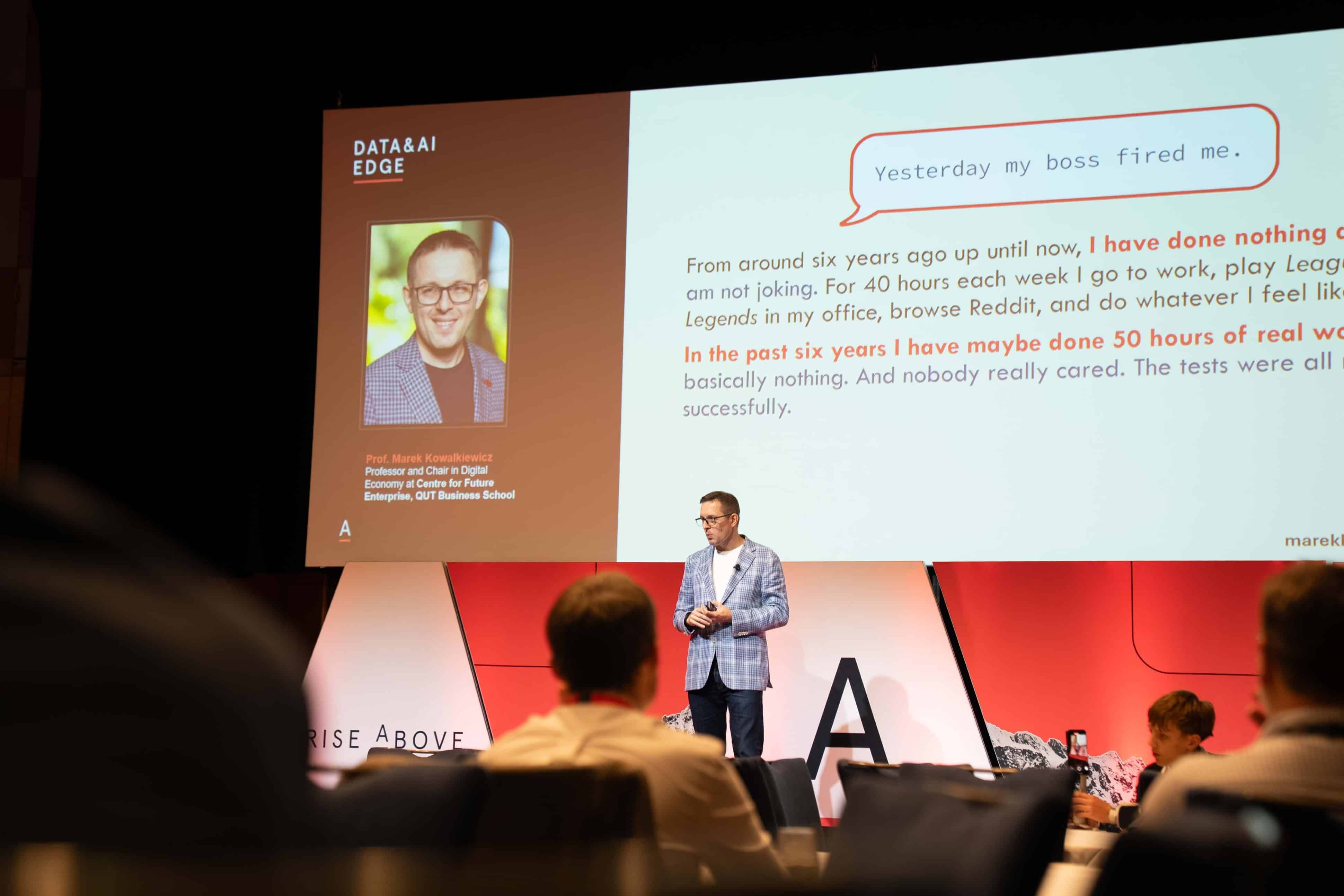With over two decades as a technology visionary and almost half of that in the heart of AWS as the former global Chief Architect, Glenn Gore creates architectural best practices for how to leverage cloud to transform businesses and disrupt new markets.
In this presentation from ADAPT’s Connected Cloud and DC Edge conference, former AWS Global Chief Architect and Affinidi Group CEO, Glenn Gore, shares how decentralised technologies such as cloud computing, public blockchains, and open-source software will shift digital ownership to the individual.
He explores new architectural considerations around edge computing, 5G, cloud, and blockchain that will enable organisations to optimise data management, agility, security and performance.
To unlock the full keynote video and access an entire catalogue of ADAPT’s expert presentations, localised research, case studies, downloadable data and community interviews, speak with a Senior Research Consultant today.
Transcription:
Web 1.0 was about the majority of us acting as passive consumers of information. The content was static or is hard to update. It didn’t change a lot. We were reading all this consuming, we weren’t writing or producing content ourselves.
In the 1990s, early 2000s, Web 2.0, was this shift from us being consumers to being able to participate. For example, the rise of YouTube, Twitter, the social networks.
As individuals, we’re creating most of that content. Social networks and collaboration took off. This has been great but there’s also been some bad consequences of these things, such as groupthink, some of the consequences of manipulation of people’s opinions by bad actors and focus work.
They start crossing over into a lot of areas and this starts raising questions around who has the responsibility in these social networks of censorship control. Who gets to decide what is good or bad in terms of impact? Be very selective in how you apply that.
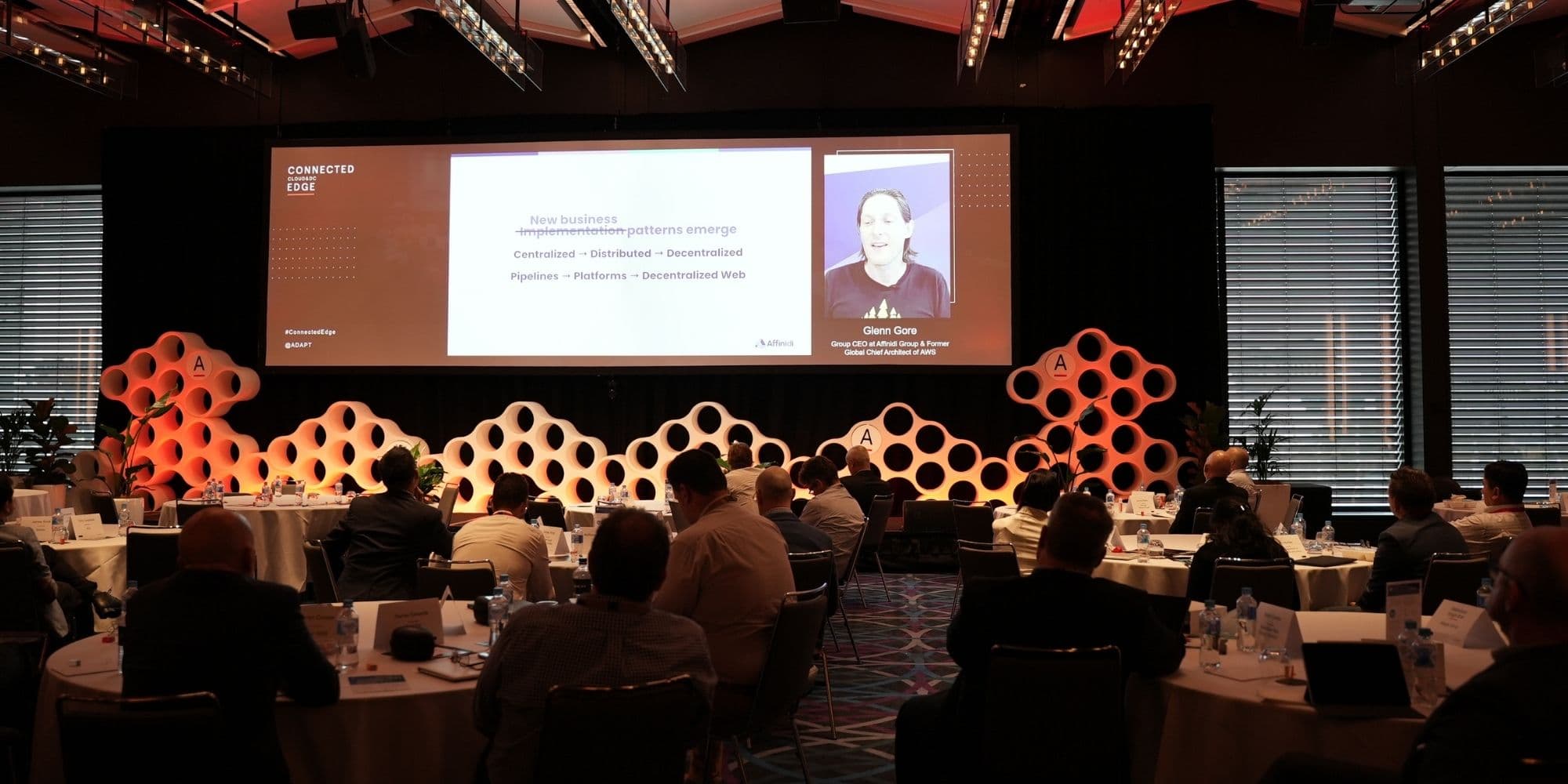
But at the same time, this content and information became heavily centralised on those platforms, and there’s limited to no data portability. And I’ll give you some examples coming up of some of the real impacts from this.
Web 2.0 ended up creating these siloed walled gardens of content. The innovation place is locked to the speed of each individual corporation. Now, some of those corporations are incredibly fast innovating.
And I’d say the net effect has been that we’ve all benefitted from this rapid rise of innovation. But now we’re seeing that is even faster ways of being able to innovate in the next version of the Web.
But the last thing on this is the platforms themselves, they are in control. There’s very little power we have as individuals, even as large enterprises, as business users of some of these platforms.”
For example, recently in Australia around battles between who owns content in the media.
So, what does Web 3.0, the decentralised web look like?
Well, first of all, it is built on top of the Internet. That’s not going away in any shape or form. It is a collection of an unstoppable infrastructure, in this decentralised evolution of the Internet.
Now, it’s not going to take away from the cloud services that are being built today. Think of it as a layer on top of that takes the existing computer capacity storage, the bandwidth, the networks, and it’s just a layer on top of that. It’s another abstraction point.
It’s the metaverse of these new virtual economies: decentralised finance, gaming, your online persona, non-fungible tokens, media content.”
As you do this, the innovation increases to the speed of the entire community. We have evidence of this.
It‘s been proven over the last 20+ years that open-source software is often right at the very front of emerging technologies, not the standard proprietary commercial off the shelf software we’ve become very, very stuck on.

What unifies this together is that Web 3.0 is going to be decentralised.
You must be open and you must have interoperability first. Web 3.0 is an overlay on top of existing architectures and services, users or customers in a decentralised world.
You can participate in platform governance. You can be part of deciding what is allowed or what isn’t allowed.”
As you take that ownership in platform governance, it’s not blurring the lines of who actually owns things which is a great aspect. It starts to create a shift in monetisation from platforms, which is centralised to the consumers and content creators.
This is one of the things I’m most excited about. When you democratise access to technology and find new ways to monetise it, that’s what drives new innovation.
To unlock the full keynote video and access an entire catalogue of ADAPT’s expert presentations, localised research, case studies, downloadable data and community interviews, speak with a Senior Research Consultant today.



















